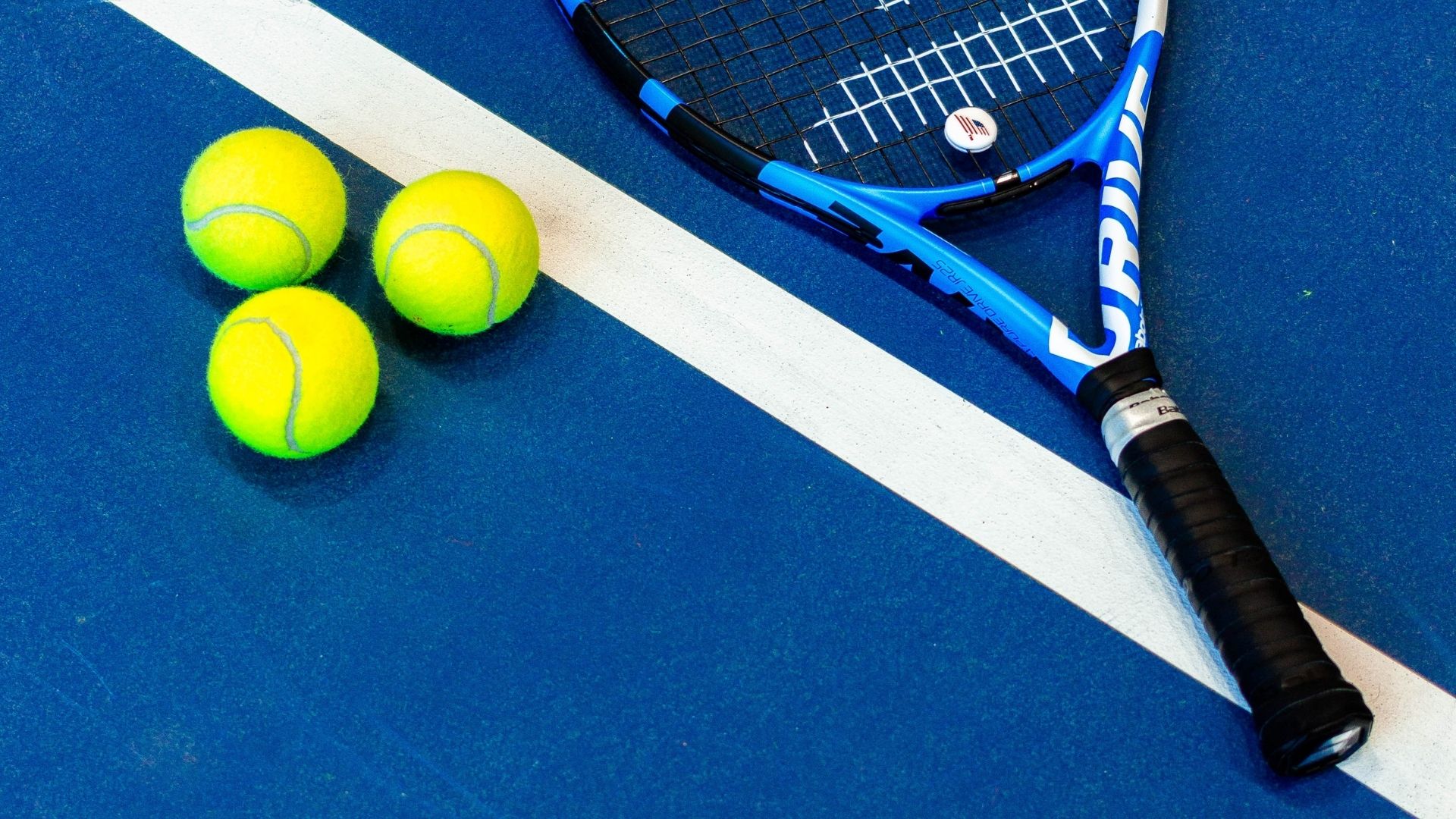
FAQ About Tennis

How do you hit a proper forehand/backhand shot?
Hitting a proper forehand and backhand shot in tennis requires a combination of technique, footwork, and body positioning. Here's a step-by-step guide on how to hit these essential tennis strokes:
Forehand Shot:
- Grip: Hold the racket with a semi-western or eastern grip. For a semi-western grip, the base knuckle of the index finger should be on the third bevel of the racket handle (counting from the top bevel). The V-shape formed by the thumb and index finger should point towards your right shoulder (for right-handed players).
- Ready Position: Stand with your feet shoulder-width apart, knees slightly bent, and body facing the net. Hold the racket in your dominant hand while your non-dominant hand points towards the net.
- Backswing: Take the racket back by turning your shoulders and hips sideways, using your non-dominant hand to guide the racket. The racket head should point towards the back fence. Keep your non-hitting hand on the racket until the swing begins.
- Contact Point: As the ball approaches, move your weight onto your front foot, and bring the racket forward. Make contact with the ball in front of your body, around waist height. Keep your eyes on the ball throughout the swing.
- Follow-through: After hitting the ball, follow through by extending your arm fully towards your target. Your racket should finish high and over your opposite shoulder. Your body should rotate, with your chest facing the net.
Backhand Shot:
- Grip: For a one-handed backhand, use an eastern backhand grip. The base knuckle of the index finger should be on the third bevel. For a two-handed backhand, use a double-handed grip with both hands close together on the handle.
- Ready Position: Stand with your feet shoulder-width apart, knees slightly bent. Hold the racket with the appropriate grip in both hands if you're hitting a two-handed backhand.
- Backswing: Turn your shoulders and hips to the side as you prepare for the shot. For a one-handed backhand, your non-dominant hand can stay on the racket to guide the swing.
- Contact Point: For a one-handed backhand, shift your weight onto your front foot and make contact with the ball out in front of your body. For a two-handed backhand, both hands should stay in position as you make contact with the ball.
- Follow-through: Finish the shot by extending your arm(s) towards the target. Your racket should finish high and over your opposite shoulder. For a one-handed backhand, your non-hitting hand will assist in the follow-through.
